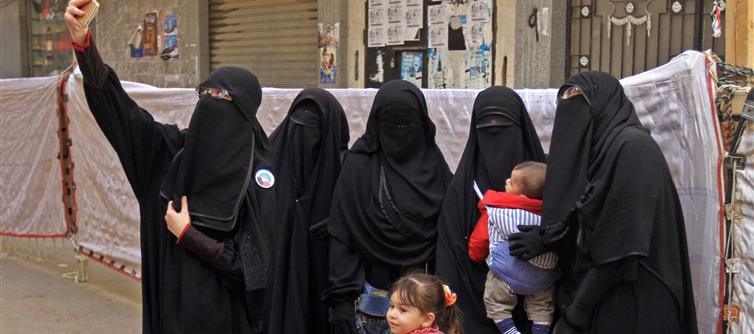
Kazakhstan’s decision to ban the burqa and niqab, despite being a Muslim-majority country, signals a firm commitment to its secular governance model and an attempt to define a national identity distinct from foreign religious influences. With approximately 70% of its population identifying as Muslim, the move reflects the state’s emphasis on promoting a moderate and culturally grounded version of islam that aligns with Kazakh traditions rather than more conservative or imported interpretations.
Authorities argue that full-face coverings are not historically part of Kazakh religious practice and are viewed as symbols of radicalism rather than devotion. This cultural framing allows the government to defend the ban as a protective measure rather than a crackdown on religion.
The national security rationale, often cited in such bans, focuses on concerns over public safety and the difficulty of identifying individuals in public spaces. kazakhstan joins countries like France, Belgium, and austria that have cited similar arguments to justify face-covering bans. From a security standpoint, facial visibility is deemed necessary for law enforcement and surveillance, particularly in the context of rising global concerns over extremism. However, critics contend that technology and other means of identification could address these concerns without infringing on individual religious expression. They argue that the ban disproportionately affects a small segment of women and risks marginalizing them further, potentially creating resentment and reinforcing alienation from the broader society.
The policy also places kazakhstan squarely in the global debate about the intersection of secularism, cultural identity, and religious freedom. In the West, such bans have often sparked polarizing reactions, with defenders invoking national values and critics warning against Islamophobia and exclusion. Kazakhstan’s actions could embolden other secular-leaning Muslim-majority states to adopt similar restrictions, yet it also runs the risk of stirring domestic and international backlash. Ultimately, the challenge lies in maintaining a cohesive national identity and security without compromising the freedoms and rights that underpin a pluralistic and inclusive society.
Authorities argue that full-face coverings are not historically part of Kazakh religious practice and are viewed as symbols of radicalism rather than devotion. This cultural framing allows the government to defend the ban as a protective measure rather than a crackdown on religion.
The national security rationale, often cited in such bans, focuses on concerns over public safety and the difficulty of identifying individuals in public spaces. kazakhstan joins countries like France, Belgium, and austria that have cited similar arguments to justify face-covering bans. From a security standpoint, facial visibility is deemed necessary for law enforcement and surveillance, particularly in the context of rising global concerns over extremism. However, critics contend that technology and other means of identification could address these concerns without infringing on individual religious expression. They argue that the ban disproportionately affects a small segment of women and risks marginalizing them further, potentially creating resentment and reinforcing alienation from the broader society.
The policy also places kazakhstan squarely in the global debate about the intersection of secularism, cultural identity, and religious freedom. In the West, such bans have often sparked polarizing reactions, with defenders invoking national values and critics warning against Islamophobia and exclusion. Kazakhstan’s actions could embolden other secular-leaning Muslim-majority states to adopt similar restrictions, yet it also runs the risk of stirring domestic and international backlash. Ultimately, the challenge lies in maintaining a cohesive national identity and security without compromising the freedoms and rights that underpin a pluralistic and inclusive society.




 click and follow Indiaherald WhatsApp channel
click and follow Indiaherald WhatsApp channel